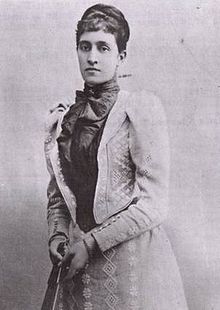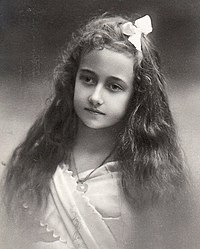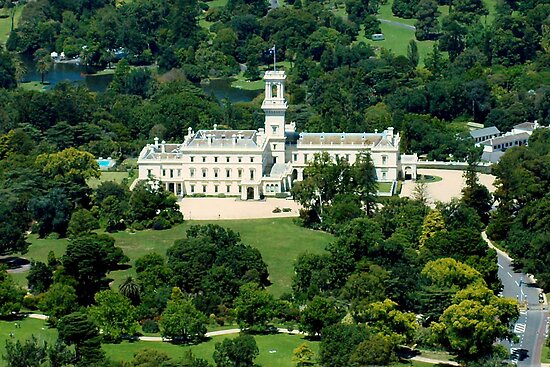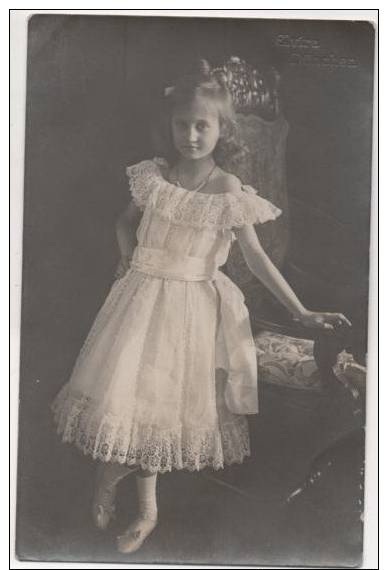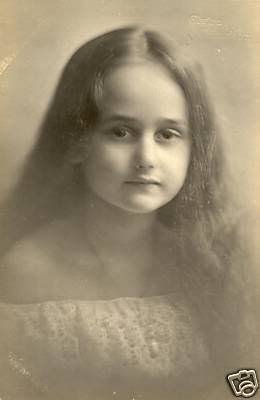This is a "clean up" of my old timeline prior to moving it moving it into the completed timeline section. Yes, I know it starts prior to 1900 but the action is set in World War 2. Background posts will be in blue, timeline post commencing 1 September 1939 will be in black. If I happen to stick a new post in I'll note it.
1867-1889
The issue of the forming of a federation for the colonies in the Pacific had first been mooted by Sir Henry Parkes, who was essentially the first father of Federation and it’s driving force. Parkes first proposed a Federal Council in 1867, but nothing was to come of this for more than ten years.
By 1880 Parkes was firmly installed as Premier as New South Wales and again took up the issue of Federation. However, the first step in federation was the formation of the Federal Council in 1883.
The Federal Council itself was mainly the brainchild of Sir Samuel Griffith, the premier of Queensland. Concerned with both German expansion in New Guinea and French expansion in both New Caledonia and New Hebrides, Griffith was the driving force behind the Federal Council. Ironically, Parkes, seeing no immediate benefit to New South Wales, did not have that colony join, seriously weakening the position of the Federal Council by omitting the most populous state.
It was in 1884 that Parkes had a change of heart, finally seeing the Council as what it really was, merely the first step on the road to federation. Continued French activity in both the New Hebrides and New Caledonia, both close to New South Wales’s territories of Lord Howe and Norfolk Island had also been a catalyst. Only New Zealand did not, at this stage, join. Finally it was put to the Imperial Parliament and enacted on 1.1.1885. The Federal Council had powers to legislate directly upon certain matters, such as extradition, regulation of fisheries and so on, but it did not have a permanent secretariat, executive powers, or any revenue of its own, the latter, in particular, being a major issue.
Nevertheless, it was the first major form of inter-colonial cooperation. It provided an opportunity for Federalists from around the country to meet and exchange ideas. The means by which the Council was established endorsed the continuing role that the Imperial Parliament would have in the development of Australia's constitutional structure. In terms of the act itself, the Australasian drafters established a number of powers dealing with their "common interest" which would later be replicated in the Australasian Constitution. Never the less, the Council itself led directly to agitation for a Constitutional Convention, the first of which was held in Sydney in 1889.
With the exception of Victoria, every other Colony had an issue of one sort or another with Federation. Tasmania and Western Australia worried about the abolition of tariffs in a free trade Federation, depriving them of their main sources of revenue and putting them at the mercy of the larger States. South Australia likewise, with the additional rider of both allowing yet controlling Chinese immigration through it’s goldfield regions in the Northern Territory, which it also worried about losing control of to a Federal government. Queensland, for its part, worried that the advent of national legislation which would restrict the importing of kanaka labourers, thereby jeopardising its sugar cane industry. Parkes and New South Wales were worried that they would be forced to subsidise the poorer economies of the smaller states. New Zealand’s concerns were fourfold, leading to a rejection of the 1883 approach. Namely, the distance involved and losing their best political minds, lack of representation in a larger Federal unit and the rights of their own native population, historically more numerous, better educated and politically aware then the aboriginals in Australia. Fourthly, they were also deeply concerned in regards to the loss of tariffs, the Australian mainland being their main source of trading revenue. Lastly Fiji, whose concerns were also distance from the center of power, their own cultural identity and native rights and lack of representation in a larger economic and political unit.
All of these things would need to be addressed for a coherent Federal body to emerge.
1867-1889
The issue of the forming of a federation for the colonies in the Pacific had first been mooted by Sir Henry Parkes, who was essentially the first father of Federation and it’s driving force. Parkes first proposed a Federal Council in 1867, but nothing was to come of this for more than ten years.
By 1880 Parkes was firmly installed as Premier as New South Wales and again took up the issue of Federation. However, the first step in federation was the formation of the Federal Council in 1883.
The Federal Council itself was mainly the brainchild of Sir Samuel Griffith, the premier of Queensland. Concerned with both German expansion in New Guinea and French expansion in both New Caledonia and New Hebrides, Griffith was the driving force behind the Federal Council. Ironically, Parkes, seeing no immediate benefit to New South Wales, did not have that colony join, seriously weakening the position of the Federal Council by omitting the most populous state.
It was in 1884 that Parkes had a change of heart, finally seeing the Council as what it really was, merely the first step on the road to federation. Continued French activity in both the New Hebrides and New Caledonia, both close to New South Wales’s territories of Lord Howe and Norfolk Island had also been a catalyst. Only New Zealand did not, at this stage, join. Finally it was put to the Imperial Parliament and enacted on 1.1.1885. The Federal Council had powers to legislate directly upon certain matters, such as extradition, regulation of fisheries and so on, but it did not have a permanent secretariat, executive powers, or any revenue of its own, the latter, in particular, being a major issue.
Nevertheless, it was the first major form of inter-colonial cooperation. It provided an opportunity for Federalists from around the country to meet and exchange ideas. The means by which the Council was established endorsed the continuing role that the Imperial Parliament would have in the development of Australia's constitutional structure. In terms of the act itself, the Australasian drafters established a number of powers dealing with their "common interest" which would later be replicated in the Australasian Constitution. Never the less, the Council itself led directly to agitation for a Constitutional Convention, the first of which was held in Sydney in 1889.
With the exception of Victoria, every other Colony had an issue of one sort or another with Federation. Tasmania and Western Australia worried about the abolition of tariffs in a free trade Federation, depriving them of their main sources of revenue and putting them at the mercy of the larger States. South Australia likewise, with the additional rider of both allowing yet controlling Chinese immigration through it’s goldfield regions in the Northern Territory, which it also worried about losing control of to a Federal government. Queensland, for its part, worried that the advent of national legislation which would restrict the importing of kanaka labourers, thereby jeopardising its sugar cane industry. Parkes and New South Wales were worried that they would be forced to subsidise the poorer economies of the smaller states. New Zealand’s concerns were fourfold, leading to a rejection of the 1883 approach. Namely, the distance involved and losing their best political minds, lack of representation in a larger Federal unit and the rights of their own native population, historically more numerous, better educated and politically aware then the aboriginals in Australia. Fourthly, they were also deeply concerned in regards to the loss of tariffs, the Australian mainland being their main source of trading revenue. Lastly Fiji, whose concerns were also distance from the center of power, their own cultural identity and native rights and lack of representation in a larger economic and political unit.
All of these things would need to be addressed for a coherent Federal body to emerge.
Last edited:
